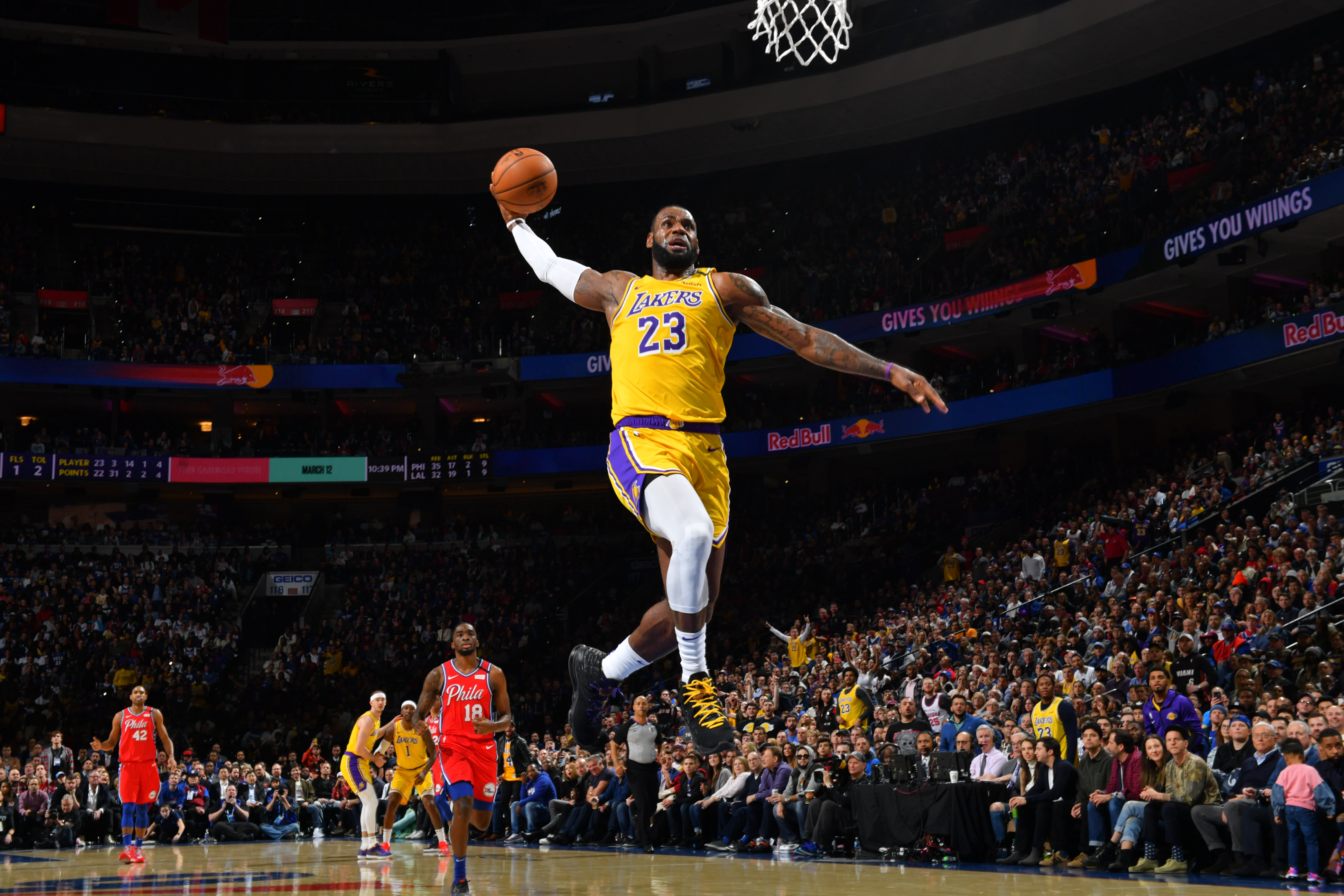As the thousands of high-flying dunks, alley oops and fadeaway jumper clips come out of NBA All-Star weekend, chances are the highlights were created by artificial intelligence. The league says they are using machine learning to create more highlights than ever before this All-Star weekend.
Since 2014, the NBA has been employing and experimenting with technology from an Israeli company called WSC Sports to analyze key moments of each game and spit out some of the best highlights. As social media has emerged as an important destination to reach fans, the need for more and customized highlights has grown.
This All-Star weekend, the software will automatically create multiple clips and content for every single player.
“This is something we wouldn’t do before when we had to do it manually and push it out across 200 social and digital platforms across the US,” said Bob Carney, senior vice president of social and digital strategy for the NBA.
“We developed this technology that identifies each and every play of the game,” said Shaka Arnon, general manager of WSC North America. The software uses machine learning or AI to take a combination of visual, audio and data cues to identify big moments in games to create shareable highlights. In 2019, WSC Sport said they produced over 13 million total clips and highlights.
“We provide them the streams of our games and they are able to identify moments in the games, which allow us to automate the creation and distribution of highlight content,” said Carney.
The NBA is known as one of the pioneers in sports, constantly looking to push the envelope with technology and innovation. Carney, who has worked almost two decades at the NBA, said when he first met with WSC Sports he was skeptical.
“We’ve heard the pitch about automated content many times … rarely can content providers do it,” he added.
However, a pilot test with the NBA’s developmental league quickly changed his mind as he saw the potential of what this new technology could do on a larger scale.Today, the NBA uses WSC technology across all of its platforms, including the WNBA, G-League, even esports to create thousands of highlights each season.
“Previously, it could take an hour to cut a post-game highlights package,” said Carney. “Now it takes a few minutes to create over 1,000 highlight packages.”
While they may not necessarily publish all of that content, the ability to empower content creators and curators with more personalized content ultimately drives fan engagement, said Carney.
WSC said personalized content is the future. The company expects that one day each individual fan could get their own personalized content delivered to them.
“I want to be in control as a fan…. We provide the tools to see what you want and when,” said Arnon.
When people hear artificial intelligence, or the rise of machines, they often think that may mean job cuts. The NBA said that’s not the case at all.
“What it’s really done for us is allow us to take our best storytellers and let them focus on all the amazing stories … while the machines are focused on the automation,” he said.
WSC was originally founded as a scouting tool. The company’s name comes from “World’s Scouting Center.” Nearly every single sports league, including the PGA Tour and NCAA, uses it as well as 16 sports.
“The NBA was always the holy grail,” said Arnon. “We are now in our sixth season and every year we’re doing more things to help the NBA lead the charge and get NBA content to more fans around the globe.”
In August, the company raised $23 million of Series C funding, bringing its total capital to $39 million. Investors include Cleveland Cavaliers owner Dan Gilbert and the Wilf family, which owns the Minnesota Vikings. The late NBA Commissioner David Stern served as an advisor to the company.
Since signing that initial NBA contract six years ago, WSC has doubled its customer base and revenue year over year for the last three years. Today, they have more than 130 employees and infrastructure in Tel Aviv, New York and Sydney, Australia, with plans to expand to Europe in the next year or two.
